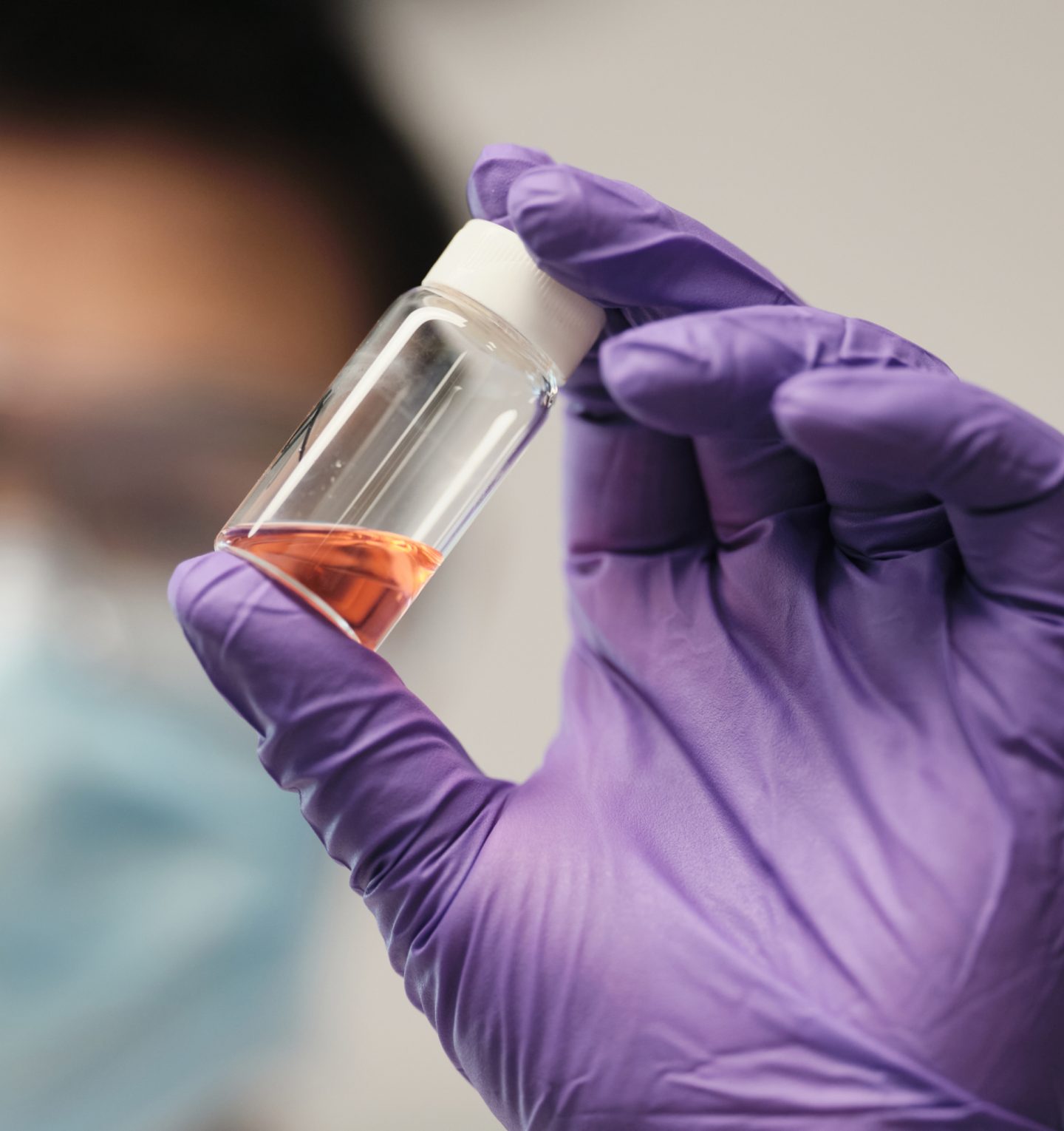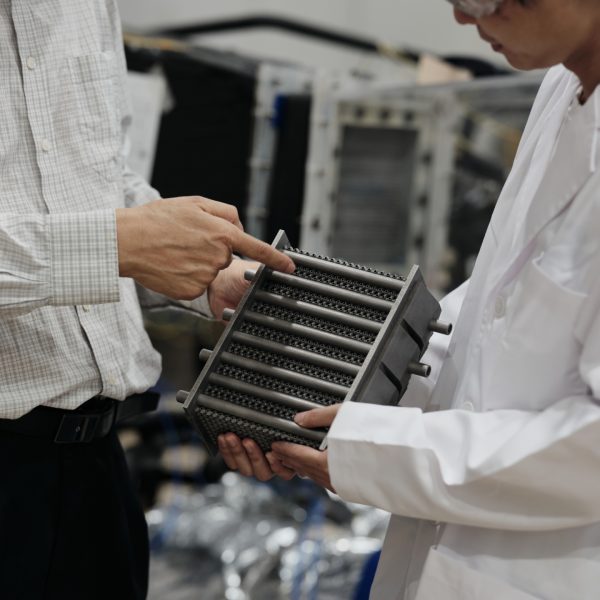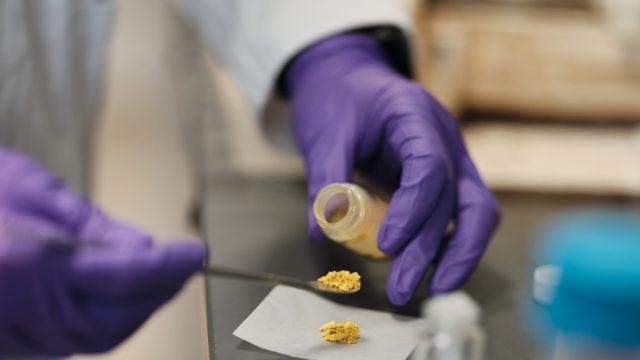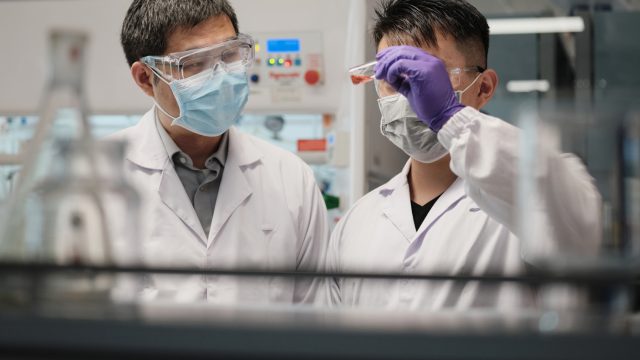New carbon capture technology that works like “molecular building blocks is being developed to trap carbon dioxide and help reduce emissions.
Dan Zhao and his research team at the National University of Singapore are making metal-organic frameworks (MOFs) that can be “tuned” to target gases.
Dan explains that the substances are mixtures of organic and inorganic materials that work like CO2 sponges. They have pores that can be programmed to snag carbon dioxide while letting gasses like oxygen pass through.
The other factor setting MOFs apart from other carbon capture materials is the huge surface area involved, helping the material capture more CO2.
“Typical carbon capture materials have around 2,000 square metres per gram of surface area, but for MOFs, the record can be more than 10,000 square metres per gram,” Dan says.
He adds that, compared to other carbon capture materials, MOFs can also more easily be reused – which lowers costs.
Meet the team behind the science, discovering how ExxonMobil and the Singapore Energy Centre support their research, and the important role carbon capture could play in powering a lower emissions future.












